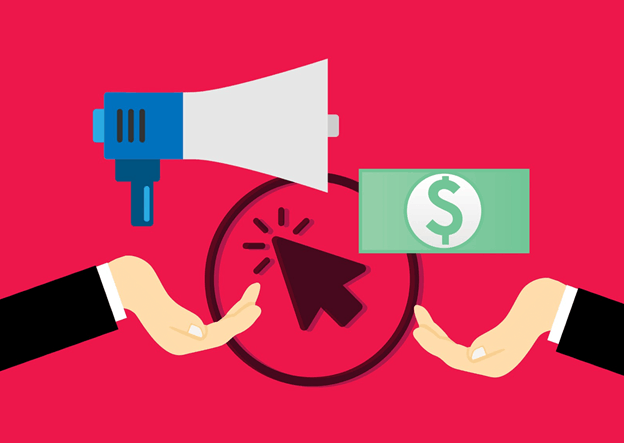A Guide On Optimising PPC Landing Pages To Generate More Leads
PPC advertising is both reliable and cost-effective when done well. You can start with a modest budget, scale up when you get the results you’re looking for, use niche targeting, and pivot rapidly. Factor in the number of viable platforms out there — particularly in the social media world — and you have plenty of excellent promotional options.

But it’s essential to remember that even a fantastic PPC ad is just the first step along the path to whatever you’re trying to achieve. After all, the goal of any PPC ad is to send the reader somewhere else (most commonly a product or service). So what happens when they get there?
Well, if the page they land on doesn’t perform as it should, all that effort to make a great PPC campaign can go to waste. To maximise the ROI of your PPC traffic, you need to optimise each of your PPC landing pages. Here’s how you can do it:
Keep the page loading speed down
PPC ads are often somewhat sketchy, and the average internet user is fully aware of that. That makes them wary about clicking on them. When they do feel compelled to click, it doesn’t mean they’re convinced that they’re heading for something great — it just means they’re sufficiently interested to learn more. But that interest only goes so far.
If they click on your ad and end up waiting for the next page to load, they’re fairly likely to give up and go back or close the tab entirely. You’ll still get charged for the click, but you’ll get nothing out of it. In fact, you’ll yield an even greater net negative, because they’ll be unlikely to click on your ads in the future.
It’s also been shown that organic and paid search engines penalise slow loading pages — so you might be shooting yourself in the foot when it comes to your ads budget.
You need to keep your landing pages loading (and performing) quickly. Get them loading within a second and you’ll have an excellent chance of retaining visitor interest — run them through Google Lighthouse for a detailed breakdown of where they’re falling short.
Ensure that the message matches the ad
Whatever was in your PPC was strong enough to get people clicking, so it must have offered something captivating. It could have been a free trial, or a great introductory offer, or handy downloadable resource. You must tailor your landing page accordingly. The leading message on the landing page should match (or at least complement) the ad copy.
Suppose that you clicked an ad saying “Free PDF Guide to SEO” and ended up on a page with a heading along the lines of “The Impact of SEO on Your Business” — that might interest you in general, but it wouldn’t be what you clicked for. You clicked for a free PDF guide, and you expect to see a free PDF guide, or else you’re just going to leave.
Your landing page heading could be “Free PDF Guide to SEO” or “Download Your Free SEO Guide Today”, as the exact phrasing doesn’t matter. It just needs to deliver on whatever drew the visitor to click on your ad.

Display only the essentials
Too much clutter is confusing and distracting. We’re all drawn to crisp contrasting colours and simple layouts, particularly when we’re considering making purchases, because it makes our decisions feel much easier. There’s too much to read online as it is.
A good tactic for paring back your copy is to draft your page, wait a while, then revisit it and ask yourself which parts can be removed without damaging the page. If it doesn’t need to be there, take it out — it’ll only slow things down. Copyblogger has some good tips on capturing the attention of busy readers.
A good way to simplify your landing page is to use a product view in your CMS. Let’s say you’re advertising Christmas gifts on a budget: if so, you can simply display every product in the Christmas category with a price below £40 (or whatever cutoff point you choose).
Minimise the effort required
The checkout stage of an online buy is surprisingly perilous. Not only do shoppers want to get things done as quickly and economically as possible, but they also have to contend with second thoughts that can get louder if things drag on. The more time you give someone to think about what they’re doing, the more they’ll wonder if they should bother at all.
So if your landing page asks the visitor to fill in a form, or create a full user account, it will prove counterproductive. Cut back on the effort. Make it as easy as possible for them to go along with the action you’re proposing: allow them to use a social media login to place their order, and it’ll give them much less time to find an objection. If you can provide one-click purchasing (so important on mobile), that’s even better.
This also applies to navigation, of course. Showing only the essentials is great, but they need to be organised well so it’s easy for the visitor to find what they’re looking for.
Are your PPC landing pages doing everything they can to maximise the value of your PPC traffic? If not, take these suggestions to heart, and start making improvements. Only by optimising your conversion funnel from beginning to end can you get the best results.
